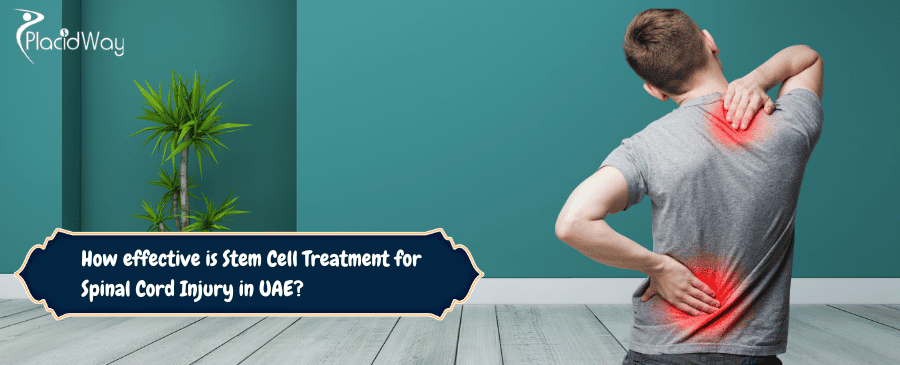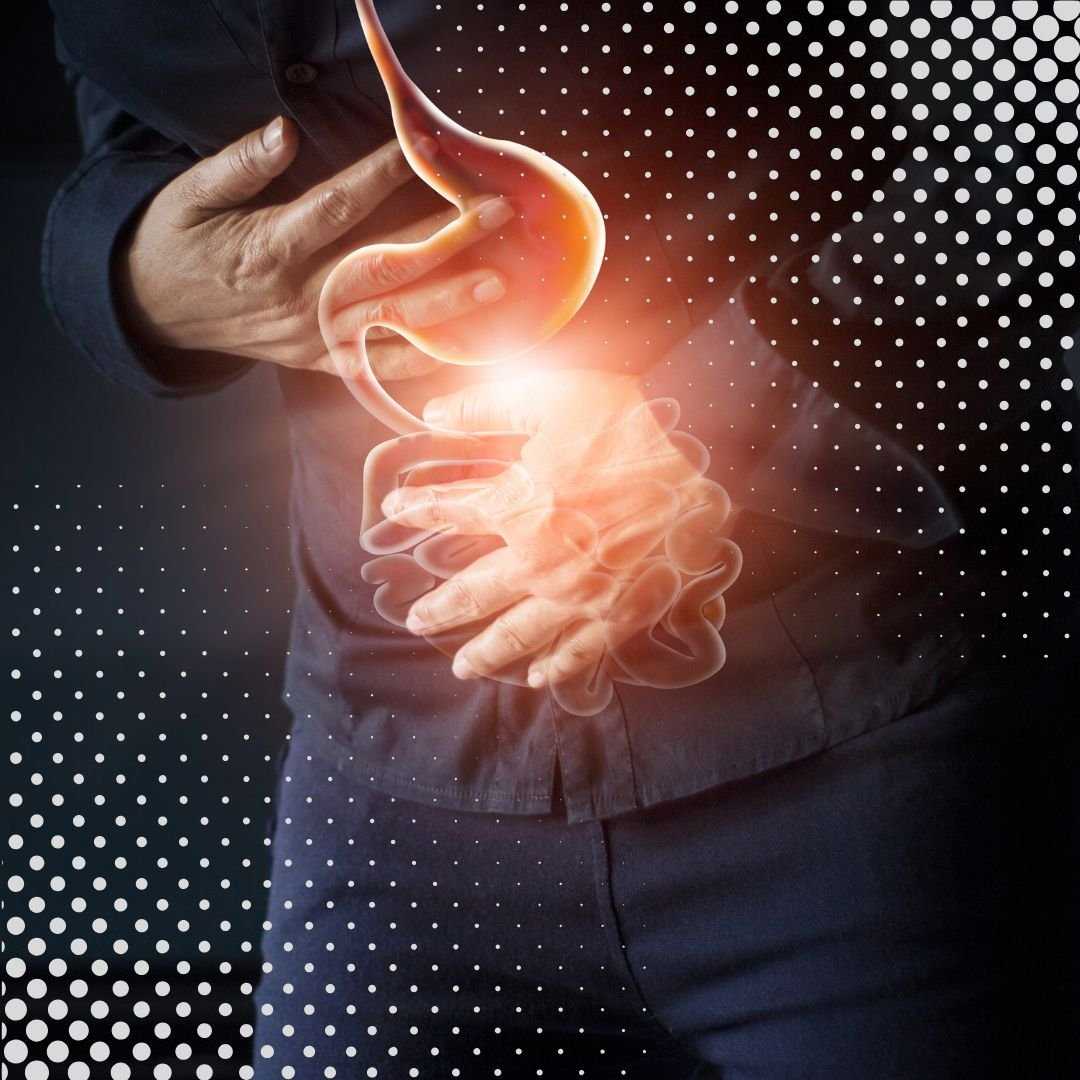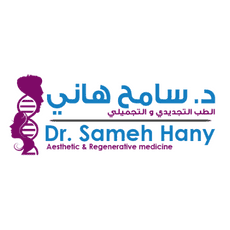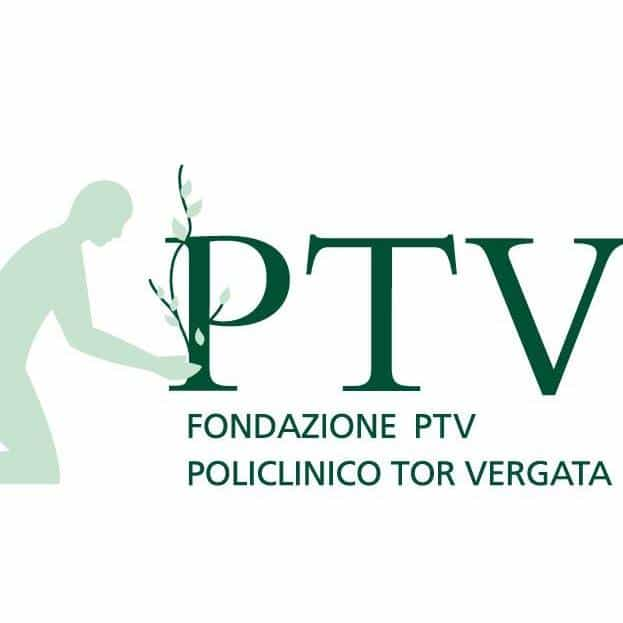Unlocking Hope: Stem Cell Treatment for SCI in the UAE

Spinal cord injuries (SCIs) are devastating, often leading to significant physical impairments and a profound impact on a person's quality of life. While traditional treatments focus on managing symptoms and rehabilitation, stem cell therapy has emerged as a groundbreaking approach. The United Arab Emirates (UAE) has positioned itself as a hub for advanced medical technologies, including stem cell research and treatment, offering innovative options for patients seeking solutions for SCIs. This comprehensive guide will explore the effectiveness of stem cell treatment for spinal cord injury in UAE, addressing common questions and providing detailed insights into this promising field.
What are Spinal Cord Injuries (SCIs)?
"Spinal cord injuries occur due to damage to the spinal cord, often resulting in loss of sensory and motor function below the level of the injury, with severity varying based on the location and extent of the damage."
A spinal cord injury is a severe and often life-altering condition caused by trauma to the spinal cord, which is a bundle of nerves extending from the brain down the back. This trauma can result from accidents, falls, sports injuries, or violence. The damage disrupts the communication pathways between the brain and the body, leading to varying degrees of paralysis, loss of sensation, and autonomic dysfunction. The impact of an SCI depends heavily on its location and the extent of the damage; injuries higher up the spinal cord typically result in more widespread and severe impairment.
How do Stem Cells work for Spinal Cord Injuries?
"Stem cells for spinal cord injury work by replacing damaged cells, promoting the growth of new nerve fibers, reducing inflammation, and creating a supportive environment for tissue repair and regeneration."
Stem cells are unique because of their remarkable ability to develop into different cell types in the body, making them a powerful tool in regenerative medicine. For spinal cord injuries, these cells can potentially differentiate into new nerve cells, replace those lost due to injury, and encourage the growth of new connections across the damaged area. Beyond direct cell replacement, stem cells also exert therapeutic effects by secreting growth factors and anti-inflammatory substances. These properties help to reduce the secondary damage that often occurs after an SCI, such as inflammation and scar tissue formation, thereby creating a more conducive environment for the body's natural healing processes and potentially improving functional recovery.
What types of Stem Cells are used for SCI treatment?
"Several types of stem cells are being investigated and used for spinal cord injury treatment, including Mesenchymal Stem Cells (MSCs), Neural Stem Cells (NSCs), and Induced Pluripotent Stem Cells (iPSCs)."
Mesenchymal Stem Cells (MSCs) are among the most commonly studied and used stem cells for SCI due to their anti-inflammatory, immunomodulatory, and regenerative properties. They can be sourced from various tissues like bone marrow, adipose (fat) tissue, and umbilical cord blood. Neural Stem Cells (NSCs) are more specialized and have the ability to differentiate directly into various cell types found in the nervous system, such as neurons and glial cells, making them highly promising for direct tissue repair. Induced Pluripotent Stem Cells (iPSCs) are adult cells that have been reprogrammed to behave like embryonic stem cells, offering a potentially unlimited supply of patient-specific cells that can be guided to become neural cells. Each type offers distinct advantages and is being explored for optimal outcomes in spinal cord injury repair.
What are the traditional treatments for Spinal Cord Injuries?
"Traditional treatments for spinal cord injuries focus on stabilizing the spine, preventing further damage, and providing comprehensive rehabilitation to maximize functional recovery."
Conventional approaches to spinal cord injury management typically begin with emergency care to stabilize the patient, prevent additional injury, and manage acute symptoms. This often involves surgical interventions to decompress the spinal cord, fix fractures, or fuse vertebrae. Following the acute phase, a significant focus is placed on long-term rehabilitation. This includes physical therapy to regain strength and mobility, occupational therapy to learn new ways to perform daily activities, and assistive devices such as wheelchairs or braces. Medications are also used to manage pain, muscle spasms, and other complications. While these treatments are crucial for improving quality of life, they do not typically restore lost nerve function.
What is the current effectiveness of Stem Cell Treatment for SCI in the UAE?
"The current effectiveness of stem cell treatment for spinal cord injury in UAE is considered promising, with ongoing clinical trials and emerging data suggesting potential for safety and some functional improvements, although it is not yet a definitive cure."
The UAE has made significant strides in adopting and researching stem cell therapy for spinal cord injuries. While it's important to note that stem cell treatment is still an evolving field and not a guaranteed cure, results from clinical trials, including some conducted globally and referenced in the UAE's medical discussions, have shown encouraging signs. These include reports of improved motor function, sensation, and bladder control in some patients. The therapy's effectiveness largely stems from its ability to reduce inflammation, protect existing neural tissue, and stimulate regeneration. Many specialized clinics and medical centers in the UAE offer state-of-the-art facilities and experienced medical professionals, aligning with international best practices and contributing to the global understanding of stem cell therapy's potential.
Are Stem Cell treatments for SCI in the UAE safe?
"Yes, stem cell treatments for spinal cord injury in the UAE are generally considered safe, with stringent regulations by authorities like the Dubai Health Authority (DHA) ensuring high standards of patient safety and ethical practices."
Patient safety is a top priority in the UAE's healthcare sector, especially concerning advanced therapies like stem cell treatment. Regulatory bodies, such as the Dubai Health Authority (DHA), oversee and approve stem cell therapies to ensure they meet international safety and quality standards. Clinics offering these treatments are typically equipped with advanced technology and staffed by experienced specialists. While any medical procedure carries inherent risks, serious adverse effects reported in studies have been rare, with common side effects being mild and temporary, such as headache or musculoskeletal pain. Patients considering stem cell therapy should ensure they choose reputable and accredited facilities.
What is the process for Stem Cell Therapy for SCI in the UAE?
"The process for stem cell therapy for spinal cord injury in the UAE typically involves harvesting stem cells from the patient or a donor, processing them in a specialized laboratory, and then reintroducing them into the patient's body, often at the injury site or intravenously."
The stem cell treatment process begins with a thorough medical assessment to determine patient eligibility and tailor the treatment plan. This assessment often includes detailed imaging (MRI, CT scans) and neurological evaluations. Once a suitable stem cell source is identified (autologous, meaning from the patient, or allogeneic, from a donor), the cells are harvested. For autologous treatments, common sources include bone marrow or adipose tissue. The harvested cells are then processed in a laboratory to purify and often expand their numbers. Finally, the concentrated stem cells are administered to the patient. This can be done via direct injection into the spinal cord area, intrathecally (into the spinal fluid), or intravenously, depending on the specific protocol and the patient's condition. Post-treatment care and rehabilitation are also crucial components of the overall process.
How long does the Stem Cell Treatment for SCI take in the UAE?
"The active stem cell treatment for spinal cord injury itself in the UAE typically involves a few days for cell harvesting and administration, but the overall recovery and observation period can extend over several months to a year."
While the actual procedure for harvesting and administering stem cells might only take a few hours or a couple of days, the entire treatment process for spinal cord injury spans a longer period. Patients typically undergo initial consultations and evaluations, followed by the cell collection and preparation. The stem cell infusion or injection itself is relatively quick. However, the regenerative effects of stem cells are not immediate; they work over time to repair and regenerate tissue. Therefore, patients usually require a structured post-treatment rehabilitation program and regular follow-up appointments, which can last from several months up to a year, to monitor progress and optimize outcomes.
What are the potential benefits of Stem Cell Therapy for SCI?
"Potential benefits of stem cell therapy for spinal cord injury include improved motor function, enhanced sensation, reduced neuropathic pain, improved bladder and bowel control, and a reduction in inflammation and scar tissue at the injury site."
Stem cell therapy offers a glimmer of hope for individuals living with spinal cord injuries. The potential benefits are multi-faceted. On a physical level, patients may experience improvements in motor function, allowing for greater mobility and strength in affected limbs. Sensory perception might also be enhanced, leading to a better awareness of touch and temperature. Many SCI patients suffer from chronic neuropathic pain, and stem cell treatment has shown promise in reducing this debilitating symptom. Furthermore, improvements in autonomic functions, such as bladder and bowel control, can significantly enhance a patient's independence and quality of life. The therapy's ability to reduce inflammation and glial scarring, which often impede recovery, is another key benefit.
What are the risks and limitations of Stem Cell Therapy for SCI?
"The risks of stem cell therapy for spinal cord injury are generally low but can include infection at the injection site, adverse reactions to the cells, or, in rare cases, tumor formation, while limitations include varying efficacy across patients and the need for further long-term research."
While stem cell therapy is generally considered safe, it is not without potential risks. As with any invasive medical procedure, there's a minor risk of infection at the site of cell harvesting or injection. There's also a theoretical risk of an immune reaction to the transplanted cells, though this is minimized with autologous (patient's own) cells. In extremely rare instances, particularly with certain types of pluripotent stem cells, there's a concern about unwanted cell growth or tumor formation, though this is heavily mitigated by strict laboratory processing and regulatory oversight. Limitations include the fact that the degree of recovery can vary significantly from person to person, and not all patients experience dramatic improvements. Long-term efficacy and safety data are still being gathered as the field progresses.
How much does Stem Cell Treatment for SCI cost in the UAE?
"The cost of stem cell treatment for spinal cord injury in the UAE can vary significantly, ranging from approximately AED 30,000 to AED 170,000 (around USD 8,000 to USD 46,000), depending on the type of stem cells used, the number of sessions, and the specific clinic."
The cost of stem cell therapy for spinal cord injury in the UAE is a significant consideration for many patients. The price can fluctuate widely based on several factors: the type of stem cells utilized (e.g., autologous from fat or bone marrow, or allogeneic from umbilical cord), the extent of the injury and the required dosage of cells, the number of treatment sessions, and the reputation and facilities of the clinic providing the treatment. Generally, the UAE, particularly Dubai, offers high-quality medical services that align with international standards, which can contribute to the overall cost. It is crucial for prospective patients to have a detailed discussion with their chosen clinic to get a precise quote that includes all aspects of the treatment, including initial consultations, cell processing, administration, and follow-up care.
What to look for when choosing a clinic for SCI Stem Cell Treatment in UAE?
"When choosing a clinic for SCI stem cell treatment in UAE, look for facilities with international accreditation, experienced specialists in regenerative medicine and neurology, transparent treatment protocols, clear cost breakdowns, and a strong emphasis on patient safety and ethical practices."
Selecting the right clinic for spinal cord injury stem cell treatment is a critical decision. Patients should prioritize clinics that hold reputable international accreditations, demonstrating their adherence to high standards of care. The expertise of the medical team is paramount; ensure the clinic has highly qualified and experienced neurologists, neurosurgeons, and regenerative medicine specialists. Transparency in treatment protocols, including the specific type of stem cells used, the administration method, and expected outcomes, is essential. Furthermore, inquire about the facility's laboratory capabilities for cell processing and quality control. Finally, a clear breakdown of all costs involved and a patient-centered approach that includes comprehensive pre- and post-treatment support are vital indicators of a reliable clinic.
What are the eligibility criteria for Stem Cell Therapy for SCI?
"Eligibility criteria for stem cell therapy for spinal cord injury typically involve a thorough medical evaluation, including the type and severity of the SCI, the patient's overall health, age, and a review of previous treatments and current neurological status."
Not everyone with a spinal cord injury is an ideal candidate for stem cell therapy. Clinics typically have specific eligibility criteria to ensure patient safety and maximize the potential for positive outcomes. This often includes a comprehensive assessment of the spinal cord injury's nature (e.g., traumatic vs. non-traumatic, complete vs. incomplete), the time since injury, and the patient's current neurological function as measured by scales like the ASIA Impairment Scale (AIS). General health, presence of co-morbidities, and a detailed medical history are also crucial. Patients should be prepared for extensive diagnostic tests, including MRI scans, to precisely evaluate the injury site and overall spinal health.
What kind of improvements can be expected after Stem Cell Therapy for SCI?
"Improvements after stem cell therapy for spinal cord injury can include enhanced motor function (e.g., increased muscle strength, better limb movement), improved sensory perception, reduction in spasticity and pain, and sometimes better bladder/bowel control, though outcomes vary."
The range of improvements following stem cell therapy for spinal cord injury can be broad, but individual results are highly variable. Some patients report noticeable gains in motor function, such as increased strength in their limbs, greater ability to move fingers or toes, or even the capacity to stand or take steps with assistance. Sensory improvements, like the return of touch or temperature sensation in previously numb areas, are also reported. Many patients experience a reduction in secondary complications such as debilitating spasticity and chronic pain. Improvements in autonomic functions, including bladder and bowel management, can also significantly impact daily life. It's important to have realistic expectations, as complete reversal of SCI is rare, but even small gains can lead to substantial improvements in independence and quality of life.
Is Stem Cell Therapy a cure for Spinal Cord Injury?
"No, stem cell therapy is not currently considered a definitive cure for spinal cord injury, but rather a promising regenerative treatment that can lead to significant improvements in function and quality of life for some patients."
While stem cell therapy offers significant hope and has shown encouraging results in improving various aspects of spinal cord injury, it is not yet recognized as a complete cure. The complex nature of SCIs, involving extensive nerve damage and scar tissue formation, makes full regeneration a formidable challenge. Instead, stem cell treatment is viewed as a powerful tool in regenerative medicine that aims to mitigate damage, promote repair, and enhance existing functions, rather than fully reversing the injury. Ongoing research and clinical trials are continually advancing our understanding and refining techniques, moving closer to more comprehensive solutions.
What is the long-term outlook for SCI patients receiving Stem Cell Treatment?
"The long-term outlook for SCI patients receiving stem cell treatment is generally positive in terms of sustained improvements and quality of life, but continued rehabilitation and monitoring are essential as research on long-term efficacy and safety evolves."
The long-term outlook for patients undergoing stem cell treatment for spinal cord injury is a key area of ongoing study. Early results suggest that improvements, once achieved, can be sustained over time. However, the full extent of the long-term benefits and any potential delayed risks are still being thoroughly evaluated in clinical trials. Continued physical and occupational therapy plays a crucial role in maximizing and maintaining any functional gains. Patients are typically advised to maintain regular follow-up appointments with their medical team to monitor their progress and address any new concerns. As the field of regenerative medicine rapidly advances, the long-term prospects for SCI patients receiving stem cell therapy continue to improve.
Explore PlacidWay for solutions related to medical tourism, healthcare services, or other relevant offerings.


.png)






.jpg)







Share this listing